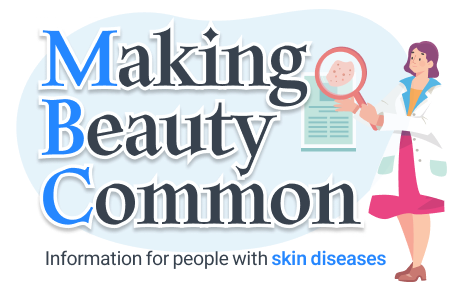Photoprotection in Childhood: An Essential Practice
Photoprotection, often considered predominantly for adults, plays a crucial role in the skin health of children as well. This necessity was highlighted at The World Congress of Pediatric Dermatology (WCPD) 2025 Annual Meeting in Buenos Aires, where notable dermatology experts like Dr. Henry W. Lim discussed the imperative need for photoprotection starting from childhood.
Understanding Solar Radiation and Its Impact
Dr. Lim elaborated on the solar spectrum, which affects the Earth with visible light, infrared radiation, and ultraviolet (UV) radiation. He explained that UV radiation, though only making up 2% of the solar energy reaching the Earth's surface, is the most biologically impactful. UVB and UVA rays are known culprits of skin issues like erythema and photocarcinogenesis, particularly affecting people with lower phototypes (I-III). Meanwhile, long-wavelength UVA1 rays are associated with tanning and photoaging in individuals with higher phototypes (IV-VI).
The role of visible light was also emphasized, particularly in its capability to cause long-lasting pigmentation in phototypes IV-VI. Dr. Lim noted the growing availability of colored photoprotectors that guard against both UV radiation and visible light, underscoring that while such measures are beneficial, they are not exhaustive.
The Nuances of Photoprotection in Dark-Skinned Populations
There is a common misconception that individuals with darker skin types have a natural, sufficient barrier against solar radiation due to melanin. Although melanin can filter more UV radiation in darker skin, Dr. Lim pointed out that it does not guarantee complete protection. The risks, although lower, still exist, with possibilities of hyperpigmentation and the development of skin cancer over time.
He stressed the vulnerabilities of children, who have naturally less melanin and tend to spend more time outdoors. This increased exposure heightens the risk of future skin tumors, emphasizing the need for early education on photoprotection practices across all skin types, including Black and Hispanic communities.
Sunscreens: An Important Photoprotection Tool
Sunscreens are a cornerstone in the fight against harmful solar radiation, and Dr. Lim underscored their significance for children. Inorganic UV filters like titanium dioxide and zinc oxide are recommended for young children, particularly under the age of two. These "mineral" sunscreens, according to the US Food and Drug Administration, are both safe and effective.
For the youngest of populations, pairing sunscreen with physical barriers like shade, hats, and appropriate clothing enhances protection substantially. Dr. Lim highlighted the importance of ensuring that any applied sunscreen is washed off once indoors to minimize unnecessary exposure to chemical components.
Addressing Endocrine Disruptors and Environmental Concerns
Amid the benefits of sunscreens, there are growing concerns about their potential endocrine-disrupting components, such as phthalates, and their impact on the environment. Dr. Lim acknowledged the controversies surrounding these issues, noting the heightened awareness among consumers due to information online.
Dr. Fernando Stengel reinforced the message, discussing how these chemical filters allegedly contribute to coral bleaching. However, he clarified that global warming holds a more significant role in this environmental issue. The debate around these concerns suggests a need for reliance on mineral filters or organic alternatives when parents or guardians express apprehension.
Innovative Educational Strategies for Improved Photoprotection
Educational interventions have proven effective, as shown by initiatives like those led by Dr. María Soledad Aluma. Her creation, "Aurelio, el sol naciente," spreads awareness through storytelling, art, and interaction with children. Such creative approaches have been successful in conveying the importance of photoprotection to over 5000 schoolchildren in Medellín and its surroundings.
However, implementation barriers exist, particularly in resource-constrained schools where advocating daily sunscreen use isn't viable. Dr. Aluma stressed bridging the gap between theoretical knowledge and actual practice, especially for children involved in outdoor activities who are at higher risk for skin cancer.
Habit Formation and Imitation in Childhood
The role of family in influencing children's habits cannot be overstated. Pediatric dermatologist Andrea Santos Muñoz highlighted that habits formed before the age of nine, especially through familial imitation, tend to be long-lasting. Just as children learn personal hygiene practices, including bathing and dental care, photoprotection should also be ingrained from an early age. This encompasses regular sunscreen use and other protective measures against the sun, reinforcing the idea that these practices are as crucial as any other aspect of health maintenance.
The conversations around childhood photoprotection are evolving, demonstrating a collective recognition of its importance. By educating children and families alike, the aim is to foster healthier habits that preserve skin health long into adulthood, reducing the risk of skin-related diseases through preventative measures. As more research and educational programs come to light, the crucial dialogue around photoprotection promises to deepen understanding and encourage wider application.
출처 : Original Source

